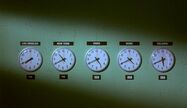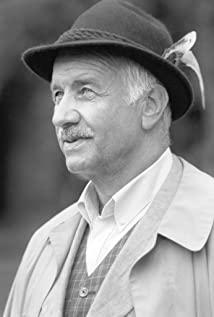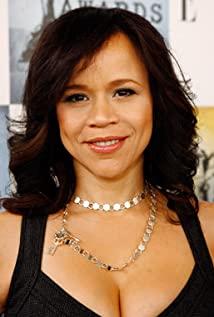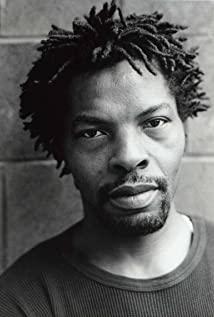The beginning and the end are the same tune. Taxi-this small square moving tin box is a finite field that gathers infinite life. In this sense, the taxi driver is the same as the captain of a cruise ship, "two thousand people come, two thousand people go" (If you disembark in 1900, you can drive a taxi). The film focuses on five taxis at different times and in different cities, and the taxi field is located in a larger space-time field, so the story takes place in the "field of the field". There is a metaphor for this structure: the earth/this city/this night is this taxi, and this taxi is this night/this city/earth.
In the second story (two Lei Feng hats), the relationship between the driver and the passenger is even reversed, which inspires the audience: the host of the taxi field does not need to be its driver. Even this domain does not require an audience (audience), as in story four (a driver with talent as a radio host and a priest without medicine). There is also an interesting comparison in Story Four: At the beginning, the driver had no audience. He talked to himself as if he had an interlocutor; after the priest (who was forcibly regarded as the bishop) came up, he tried to talk to the priest, but Become a true self-talk in the middle of the road-when he is ready for everything, he loses his object (audience)-and the structure similar to this is exactly Story 5 (a serious driver and three drunk people) The tragic story nested in the narrative-when he recovers from ecstasy, silence, and rejection, and is ready to love again, he loses the object of his love (the baby as the object cannot be spoken). In the first story (the rock driver girl and the elegant scout), the scout lost the candidate he had prepared before. When the scout re-searched for a new candidate, he unexpectedly lost the object. Because of this object, this young driver girl, is not willing to be the object of being placed. She is able to speak. She has to guard the field of her own words ("I cherish this job") and she has to become Mechanic (the girl playing the role is off-screen but still an actor). Those who guard their own field, those who are struggling to speak, and those who don’t want to be objects, there are also story threeThe woman in (male driver and female passenger), she just can't see the world with the naked eye, and her heart is not covered, so why should she be the object of sympathy? On the one hand, "you are afraid that you are blind", people always accuse people who are blinded in this way; Engrave/remind their identity so that you can throw a cheap sympathy at any time (as cheap as $7). Story three has a clever structure: male-female, black-white, rich-poor, talkative-not-spoken, eyes-mind, penis-full body. At the end of story three, a small car accident happened to a male driver, symbolizing the success of women and the shaking of the hearts of men in this confrontation. It also symbolized the destruction of the coerced identity and the taxi field.
This is a movie about the field, the object, and the words. It's a really good movie. We are so different, but not completely different. Although love distinguishes you and me, love also merges with us.
View more about Night on Earth reviews











